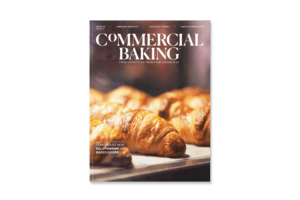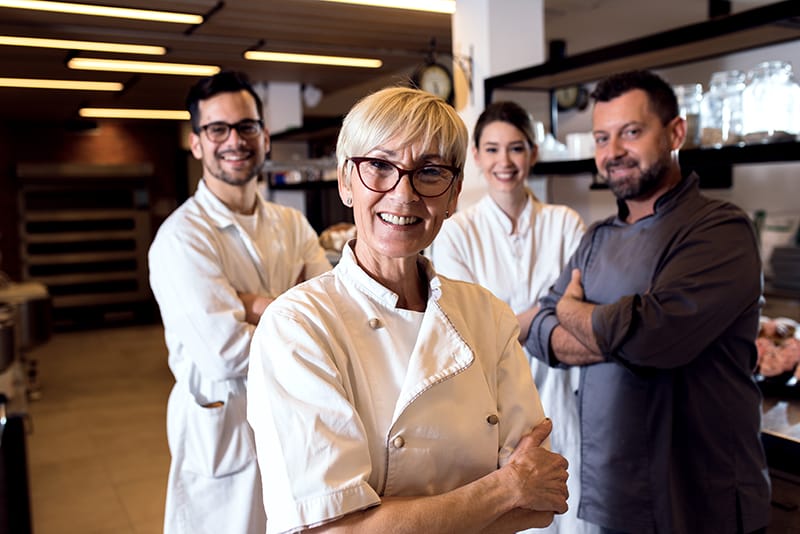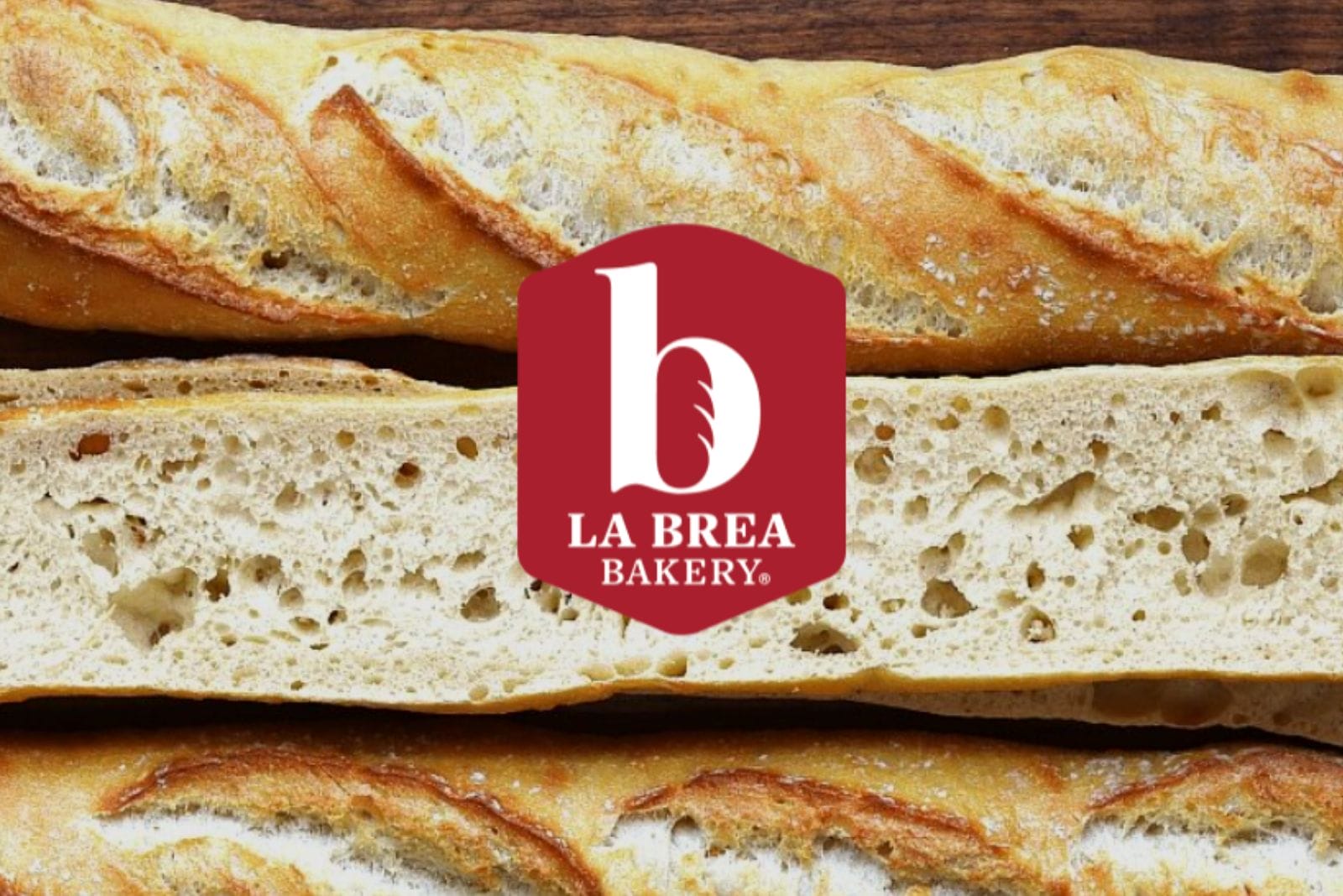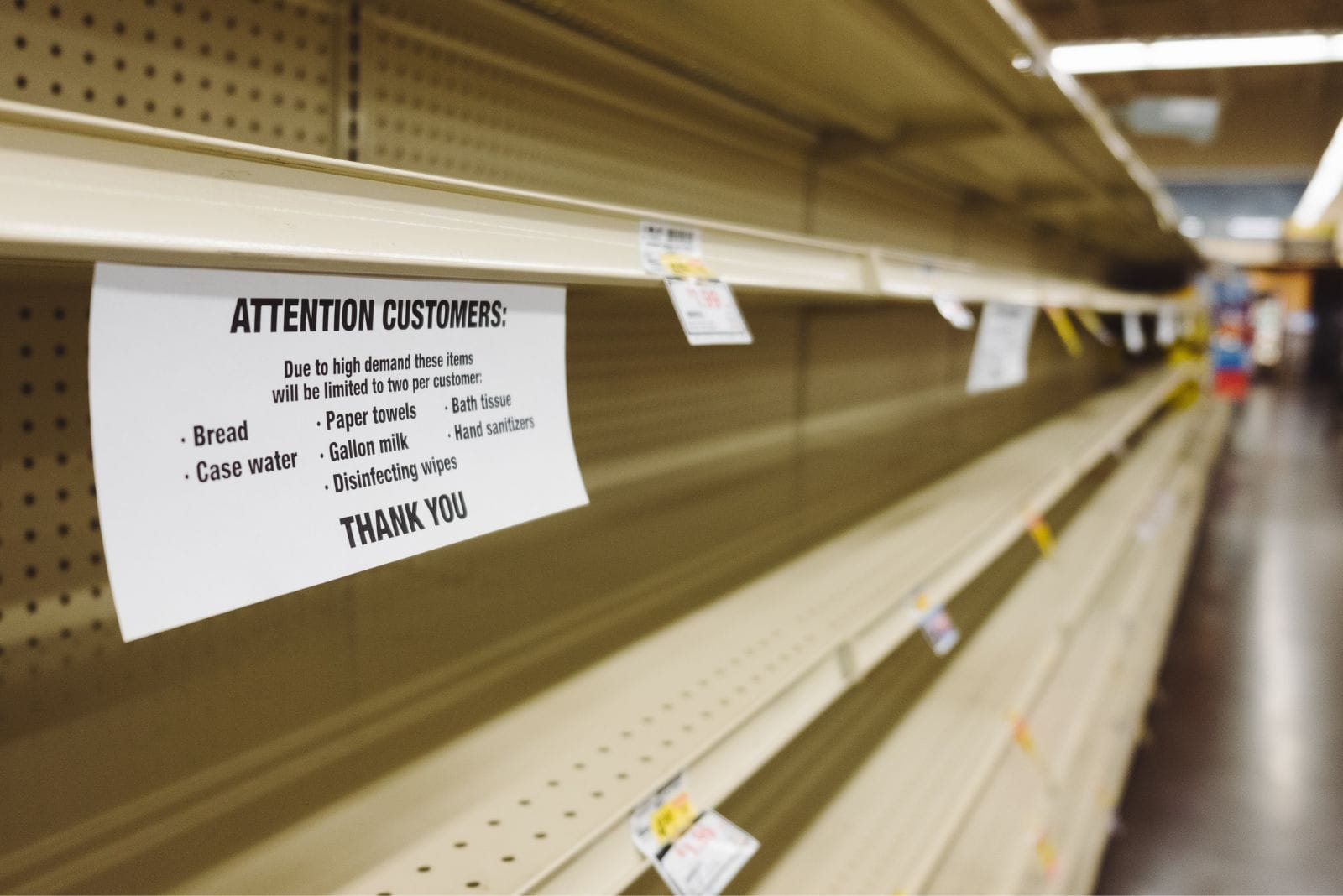PALM SPRINGS, CA — There may not be such thing as “post pandemic” quite yet, but after more than two years since the onset of COVID-19 in the US, researchers have gathered enough in-store bakery (ISB) data to track data applicable to the commercial baking industry.
At the American Bakers Association (ABA)’s annual convention held March 26-30, David Henkes, senior principal at Technomic, analyzed some of that data specific to the ISB. He then applied those findings to a panel discussion with Mary Ellen Adcock, senior VP of operations for Cincinnati-based Kroger Co., and Melissa Bylow, bakery category manager for Sacramento-based Raley’s Inc.
There’s good news for bakeries selling through ISB: the category is growing.
“We’re certainly seeing a lot of growth, there’s no question,” Henkes said. “Those of you who are involved in the grocery channel have seen that.”
According to Technomic data, grocery sales have seen a 17% increase from two years ago and about an 8% increase vs. a year ago. And while basket sizes are shrinking, the total average spend is going up. That’s in part due to inflation, of course, but it also speaks to a consumer preference of quality over quantity.
Growth happening in bakery items that revolve around convenience and indulgence, and what that growth looks like, can depend on the area of the store and the occasion for which a consumer is buying.
Henkes noted that Technomic’s research showed consumers had indicated that the in-store bakery might be a little less of a driver since the pandemic started. That’s not surprising considering that some key areas in the ISB had to close during that period. People were no longer reaching into bins for bagels or grabbing donuts out of the self-serve case.
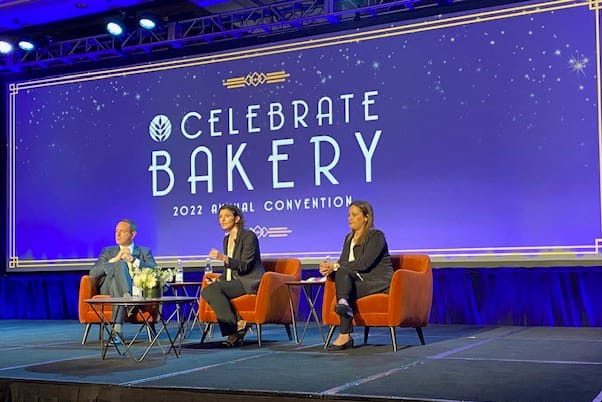
With items like bread, the center store has seen stronger growth than the ISB, but that may be starting to shift.
“What we’ve seen is that the convenience factor and location really drove those visits to the center store, whereas the in-store bakery sales were down,” he said.
Despite the fact that certain subcategories struggled, the overall ISB decline is recoverable. In fact, Technomic’s forecasting data predicts about 6% growth for the ISB by 2023.
“We are certainly expecting in-store bakeries to recover, accelerate and do very well over the next three years,” Henkes said.
But this recovery depends on good partnerships between retailers and the bakeries that supply them. During the panel, Adcock and Bylow identified some of their needs.
“We are certainly expecting in-store bakeries to recover, accelerate and do very well over the next three years” —David Henkes | senior principal | Technomic
Kroger is seeing continued trending toward cooking and eating at home, which presents several ISB opportunities.
“Any ways to help our customers with food at home is definitely an opportunity for us to see continued growth,” Adcock said. “And we need to make it simpler for them. While they want to eat at home, they want it to be simpler, and they want inspiration.”
She suggested bakery items like artisan breads and seasonal desserts are great ways to create pairings for meal solutions that can be easily prepared or assembled at home.
For Raley’s, which also operates its own bakery production facility, still relies on bakery suppliers for certain products, especially when the company often tailors its ISB space depending on the area and shopping preferences of its customers.
“It depends on the size of the store whether we have, say, five different tables or maybe just two,” Bylow said. “We may stick to just four items in stores where we don’t need 10 or 12 different types of muffins. But we also can use help from our bakery suppliers to provide something like pastries for the morning offering to take the pressure off the workers in the store who are already doing so much.”
While the pandemic created some new consumer shopping trends that will have staying power beyond the pandemic, it also reinforced existing trends that were just coming to the surface. And that is impacting not only the ISB but also the needs retailers have from their suppliers.
Consumers want an elevated — yet simplified — eating experience at home, and that creates ample opportunity for baking companies and retailers to work collaboratively rather than strictly transactionally to drive traffic back into the ISB and hit that 6% growth projection in three years.
Ultimately, turning challenges into opportunities depends on transparency between retailers and the bakeries who supply to them.
“We are all facing these challenges, and for me, communication is key,” Bylow said. “Just being transparent and direct is the biggest thing. With better, more advance communication, if we do have a situation, it gives us more time to problem-solve and better serve our customers.”



